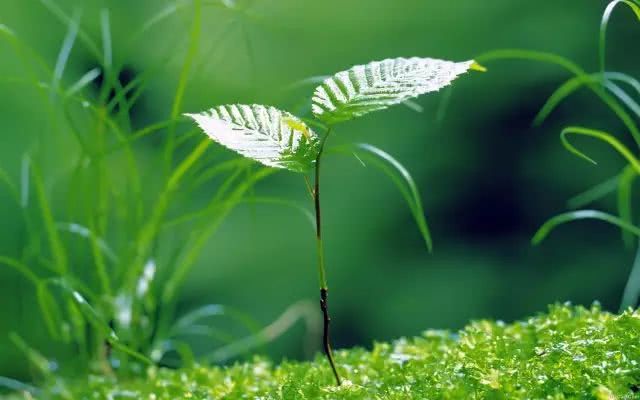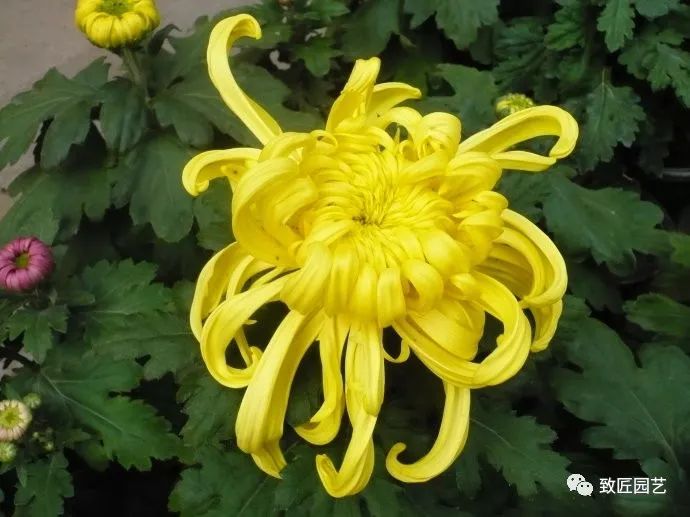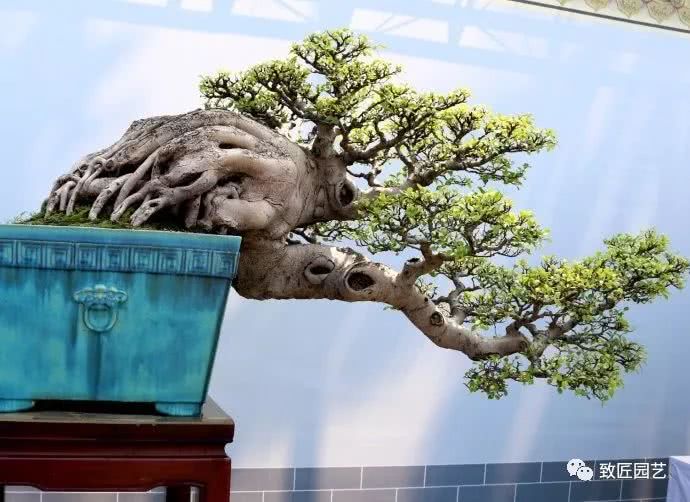Each plant is telling a story, and collocation is the best plot interpretation.

With the introduction and popularization of plants at home and abroad, the variety of plants available for selection is becoming richer and richer, but it is not easy to present a continuous and colorful plant landscape in each season.
Phenology experts divided the flowering time of plants according to the seasons and found that plants with different colors bloomed in each season.
Therefore, when we consider the configuration and layout of green plants, we may wish to follow the principle of "continuous overall flowering, diverse colors; partial flowering, concentrated colors", so that green space with the change of time, showing a variety of colors of plants and different landscape states.
Take Jiangsu and Zhejiang regions as an example to share the demonstration of plant collocation from early spring to late winter.
Late winter and early spring
From late December to February of the following year, the flowering plants in turn include Mediterranean pod, Chimonanthus praecox, Camellia sinensis, Plum blossom, Cornus officinalis, Magnolia denudata, early cherry, etc.
Among them, Mediterranean pod can be used as sun-loving lower landscape plants, with dense and ornamental pink flower buds from December, white or pink flowers from February, and flowering period lasting to April; tea plum has red, pink, white and other colors, flowering period from December to February of the next year, can be used as lower or middle flowering shrubs; main flowering period of Chimonanthus praecox is from January to February, with waxy flowers and milky yellow color; Plum blossom, white magnolia, early cherry are upper flowering trees, plum blossom has red, pink, white, etc., white magnolia, early cherry flowers are white, and some early cherry varieties calyx deep purple, its full bloom overall color white slightly red.
midspring and early summer
From March to May is the most abundant period of flowering plants. According to the plane transposition configuration of the upper, middle and lower three layers of space, there are many kinds of main flowers to choose from in turn with the passage of time, such as the combination of Yulan, Malus, Yingchun; the combination of Magnolia, Tangtang, spray snow; the combination of late cherry, Bauhinia, golden bell flower, etc.
Midsummer and early autumn
From June to August, the typical spatial plant combinations were mainly composed of trees in the upper layer and flowers, shrubs and herbs in the lower layer, such as Magnolia grandiflora, hydrangea, Lagerstroemia myrtle, Hosta, oleander, hibiscus hibiscus, etc.
Mid-autumn and early winter
From September to November, there are not many trees to watch flowers, only osmanthus flowers can be viewed in the early stage, shrubs are mainly Cassia sinensis and rose with long flowering period, herbaceous flowers mainly include Lycoris radiata, chrysanthemum, big Wufeng grass, etc. During this period of time, it is usually combined with the application of autumn leaves and fruit viewing plants to form a combination of autumn colors, cones and ground cover flowers together with flowers, such as the combination of compound pinnate Luanshu and Lycoris radiata; the combination of Ginkgo biloba, Cassia cassia and chrysanthemum; the combination of Sapindus wuzi and Oxalis rubra, etc.
After reading so much at once, do you think it is difficult to digest? Don't worry, pull down, a picture takes you to understand the solar terms of flowers!
--END--
Everything is wonderful, all in the flower shop.
There are flowers and love.
- Prev

Autumn frost makes chrysanthemum city flowers never romantic to write sunset.
Wang Ruting "Ju Cheng Yin" Lion Dragon Meteorology unexpectedly flew into the sky, once again brilliant Ren Ziwei! Light lane thick street is full of incense, desk September chrysanthemum fertilizer. Li Shiguang's "Ju Yun" autumn frost creates Jucheng flowers, which is not romantic enough to write the sunset.
- Next

In a variety of ways, the magnificent wind is turned over like a divine dragon.
Bonsai originated in China, has a history of more than a thousand years, known as "three-dimensional painting, silent poetry" reputation, has a strong cultural connotation and artistic form, reflecting the Chinese people's "unity of man and nature" artistic conception. Bonsai is a traditional art of the Han nationality.
Related
- Wuhan Hospital Iron Tree Blooming Result Was Instantly Frightened by the Gardener Master
- Which variety of camellia is the most fragrant and best? Which one do you like best?
- What is the small blue coat, the breeding methods and matters needing attention of the succulent plant
- Dormancy time and maintenance management of succulent plants during dormancy
- Minas succulent how to raise, Minas succulent plant pictures
- What are the varieties of winter succulent plants
- How to raise succulent plants in twelve rolls? let's take a look at some experience of breeding twelve rolls.
- Attention should be paid to water control for succulent plants during dormant period (winter and summer)
- Watering experience of twelve rolls of succulent plants
- Techniques for fertilizing succulent plants. An article will let you know how to fertilize succulent plants.

